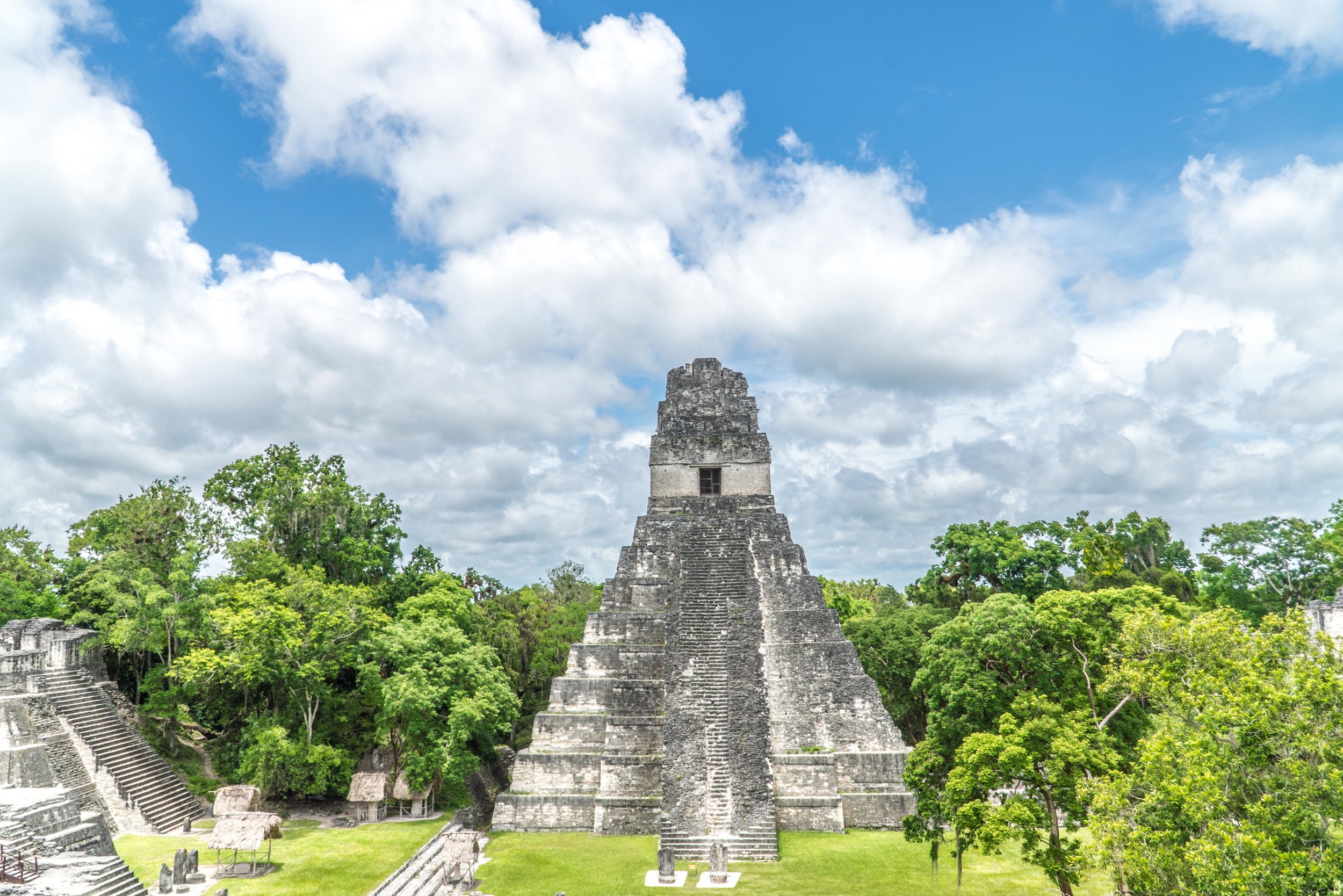New Orleans: The Big *Resilient* Easy
It's as if I had traveled back in time; over 15 years. The sights, sounds, and smells are all too familiar. I've been here. Few cities in America are so recognizable as this, with influences of old Spanish and French architecture. I hear the faint sound of music filling the air. Not just one band, but many different musicians. A saxophone, clarinet, what sounds like the beating of drumsticks on a bucket, and I believe I can make out a washboard. I look down one street, and a large crowd has gathered around one of the musicians. But right now, there's just one thing on my mind. I faintly smell it or at least pretend to, as stuffy as I my head may be. I've missed that smell: the smell of deep-fried dough. The taste of a Café du Monde beignet isn't far away. I look down at myself. Chuck Taylors, a wrinkled pair of seersucker shorts, and a baseball cap. I mumble under my breath: "Evidently, The Big Easy isn't the only thing that hasn't changed much." On the surface, how could New Orleans not have changed. It had been over 15 years since my last visit. In the last few years, it has gone through one of the worst natural disasters, one of the worst economic seasons, and one of the worst environmental disasters in the history of America. The most recent, last year's oil rig explosion and oil spill, which slowed down the seafood and tourism business that was finally starting to come back around.
Signs of all these disasters still exist. Abandoned homes and businesses, oil that is still found in some of the nearby Southern Louisiana bays, and entire blocks of the Ninth Ward that are deserted. A drive through the Ninth Ward and you'll see some homes that still have the numbers on their front doors from post-Katrina, which were used to determine how many people had died at each house. Oyster beds were severely damaged as a result of the oil spill and subsequent clean up, which has affected restaurant's seafood supply.
New Orleans has clearly been through a lot. You might could even say that it has been through more in the last few years than any other major U.S. metropolis. However, of the cities I've visited around the world, I can boldly say that I've never been somewhere that was more resilient.
It's a weekday night. I'm walking through the French Quarter with fellow travel bloggers Hop and Jaunt. It's just minutes upon arriving in the French Quarter when a Second Line parade comes walking by; playing music, marching to the beat, and dancing through the streets. Mardi Gras has long passed, yet I'm standing there, staring at a pair of beads in my hand that were moments before tossed into the crowd. We visit a couple different bars. One has a jazz band playing, the other, the NBA playoffs on the TVs. Both are bustling with locals and tourists. It's April. The main tourist season isn't even here yet. Don't tell New Orleans you pity them. A stroll down Magazine Street in the Garden District or through the French Quarter, and it's obvious: New Orleans hasn't gone anywhere.
If there's one thing that should be said about New Orleans, it's that the people love their city. It's so evident. From the street performers, to life-long residents, to the young professionals, to the street car drivers. You don't even have to talk with them. Watch how they sing and dance, do their jobs, support local events, and so eagerly welcome travelers. They don't want to keep it for themselves, but share it with others, because many of them realize that it is because of others that New Orleans has bounced back so strong. So strong in fact, that 2010 was their biggest tourism year post-Katrina. I asked a local restaurant owner, Steve Pettus, what was the one thing he wanted others to know and this is what he had to say:
There's a difference ever since Katrina. There's a healthier environment in New Orleans. There are good things happening here. It was the American people that saved the Gulf Coast. By tens of thousands of people, from kids to people in their 70s, they came to help rebuild this entire region. If there's anything I want to say, it's 'thank you'.
My visit to New Orleans was very revealing. It was part of a larger trip to visit most of the states along the Gulf Coast and see what the status was one year after the oil spill. If there's one destination I would recommend visiting along the Gulf Coast, it's New Orleans. Sure, it's one of my favorite destinations in America, but it's much more than that. As related to the oil spill, New Orleans didn't have some of the same health hazards and environmental effects that some of the other Gulf cities that are right on the water had. New Orleans isn't beachfront. It's riverfront.
Go down to New Orleans for yourself. Listen to the sounds, see the sights, smell the aromas, and taste the food for yourself. This is New Orleans. The Big Easy. The Big *Resilient* Easy.











